-
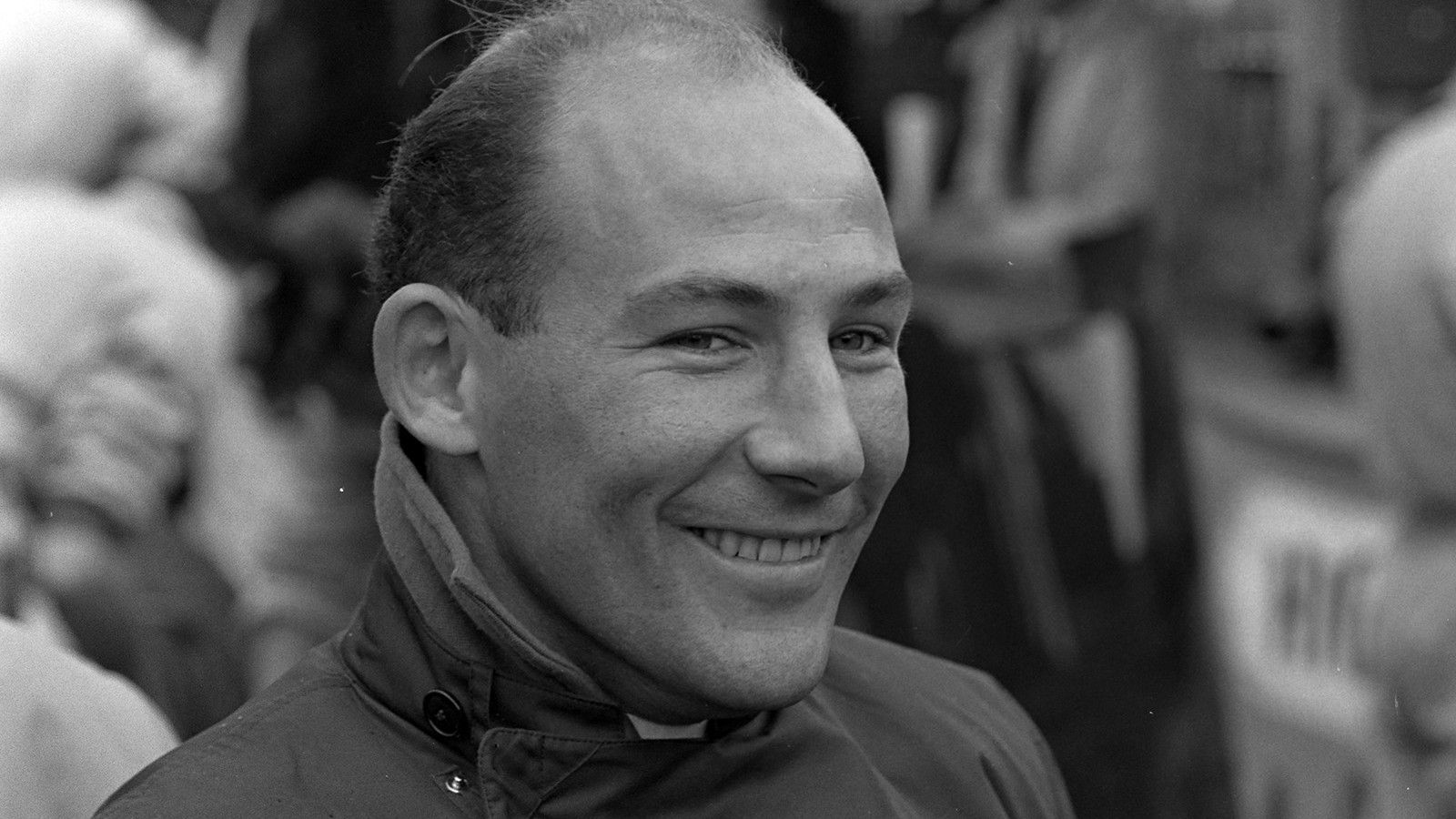 © Motorsport Images
© Motorsport Images -
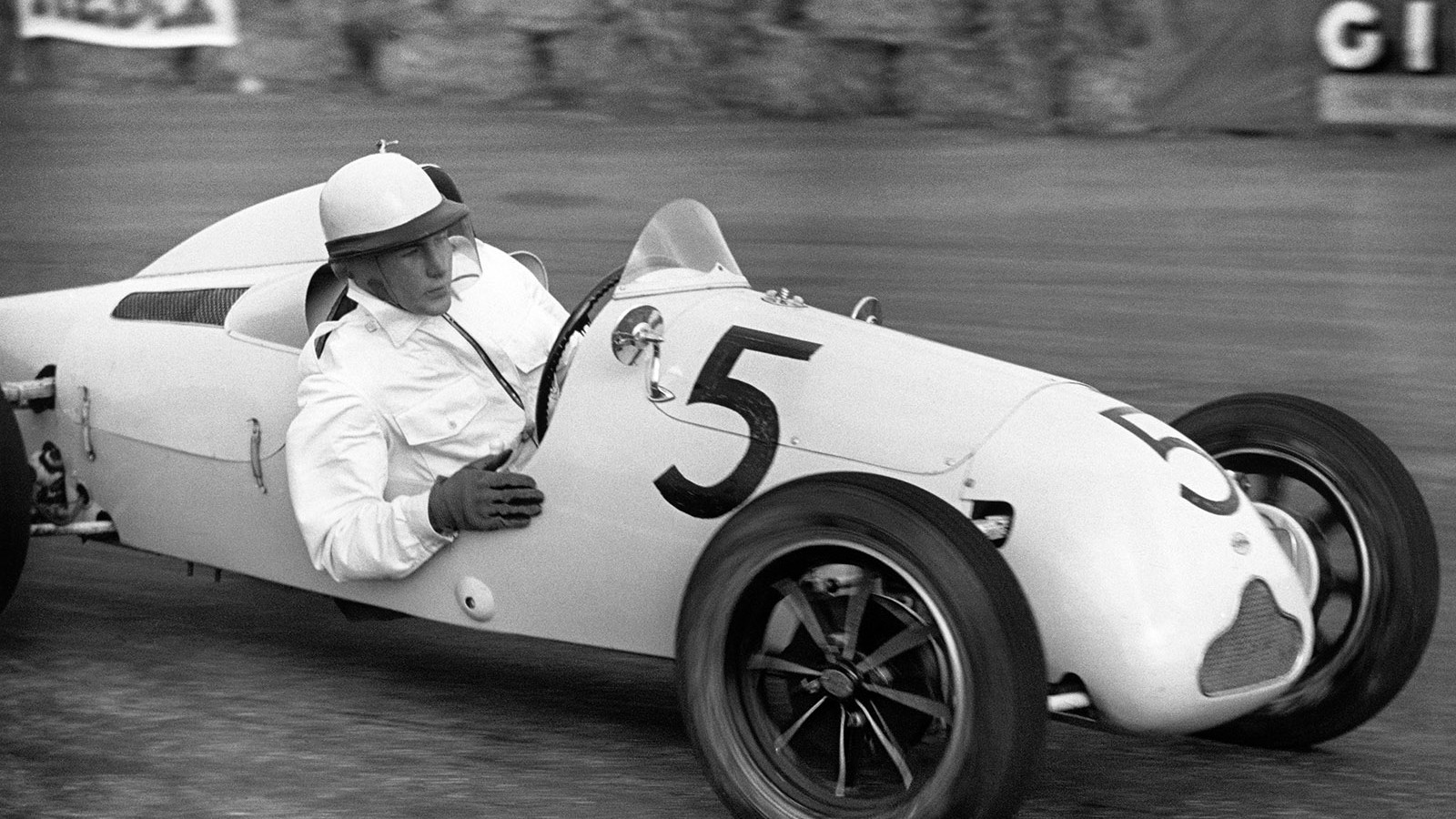 © Motorsport Images
© Motorsport Images -
 © Motorsport Images
© Motorsport Images -
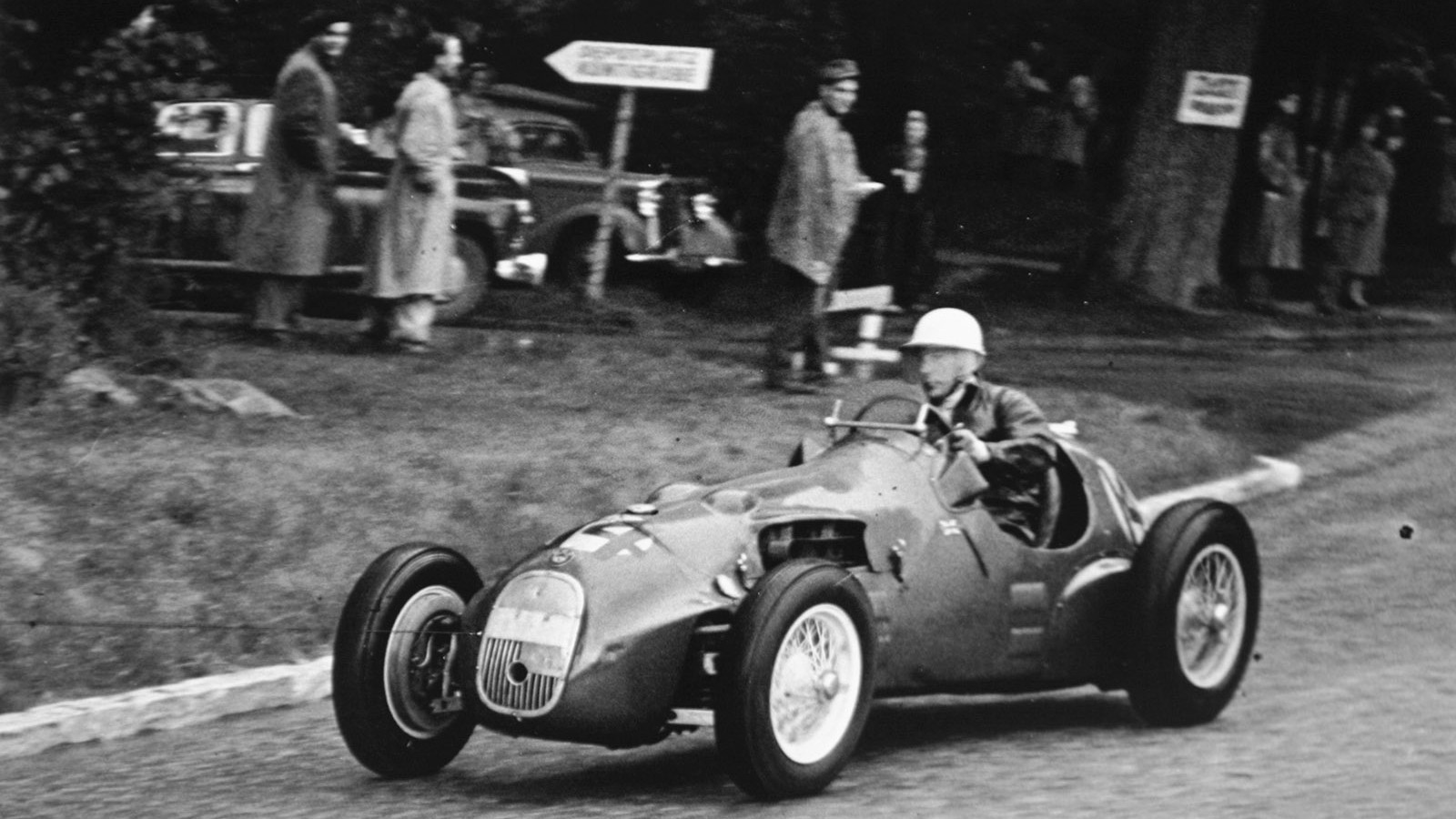 © Motorsport Images
© Motorsport Images -
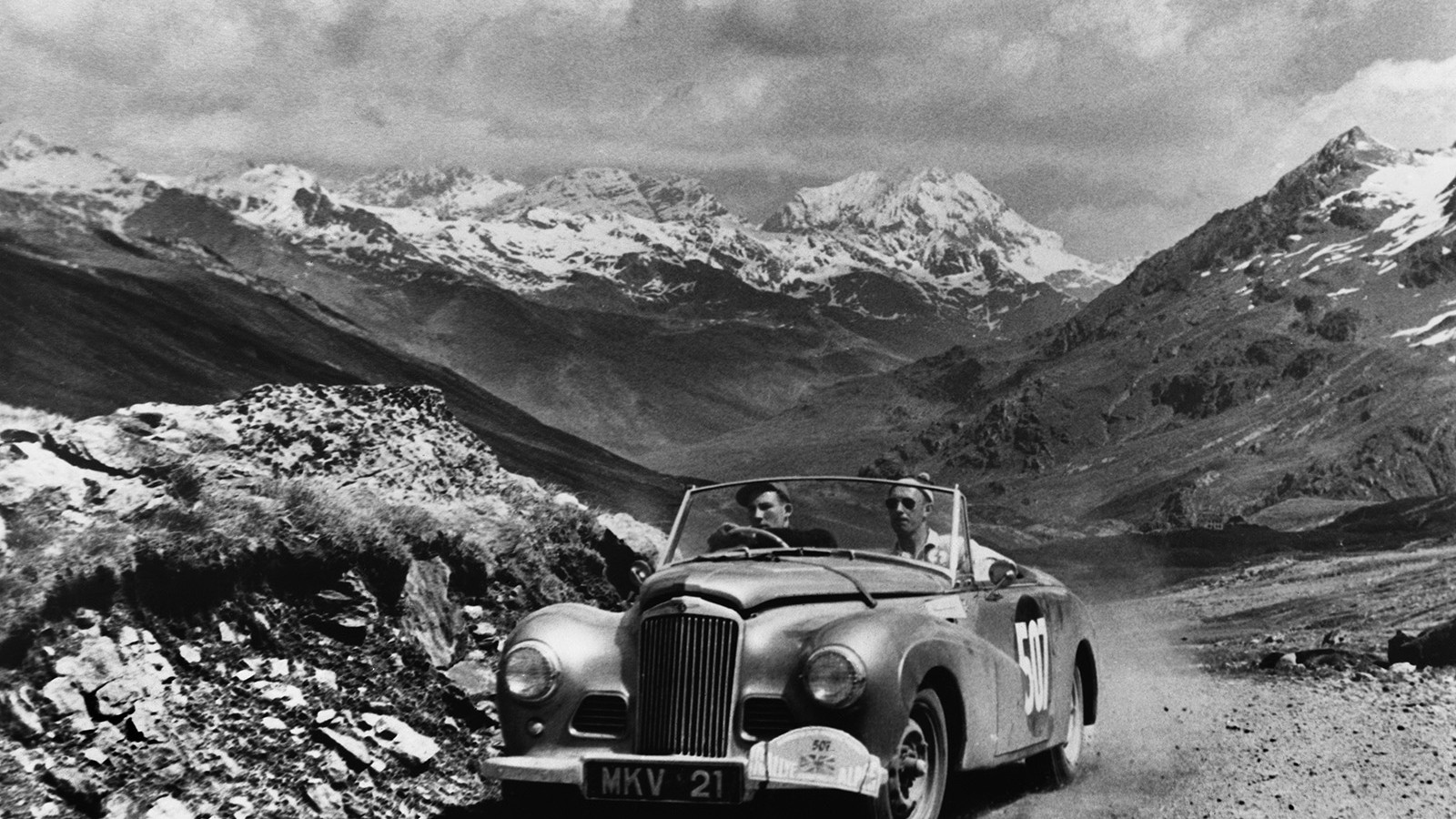 © Motorsport Images
© Motorsport Images -
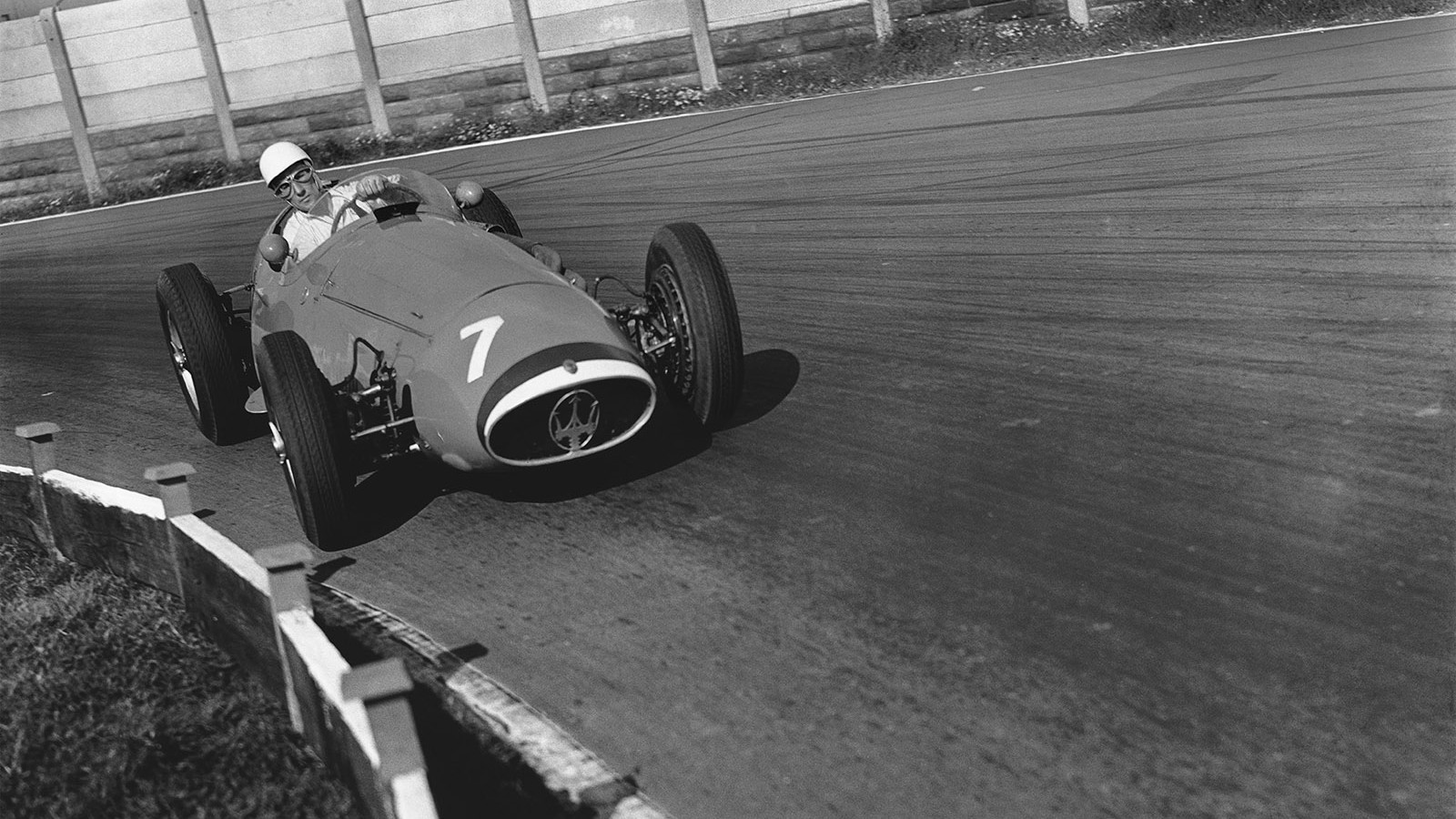 © Motorsport Images
© Motorsport Images -
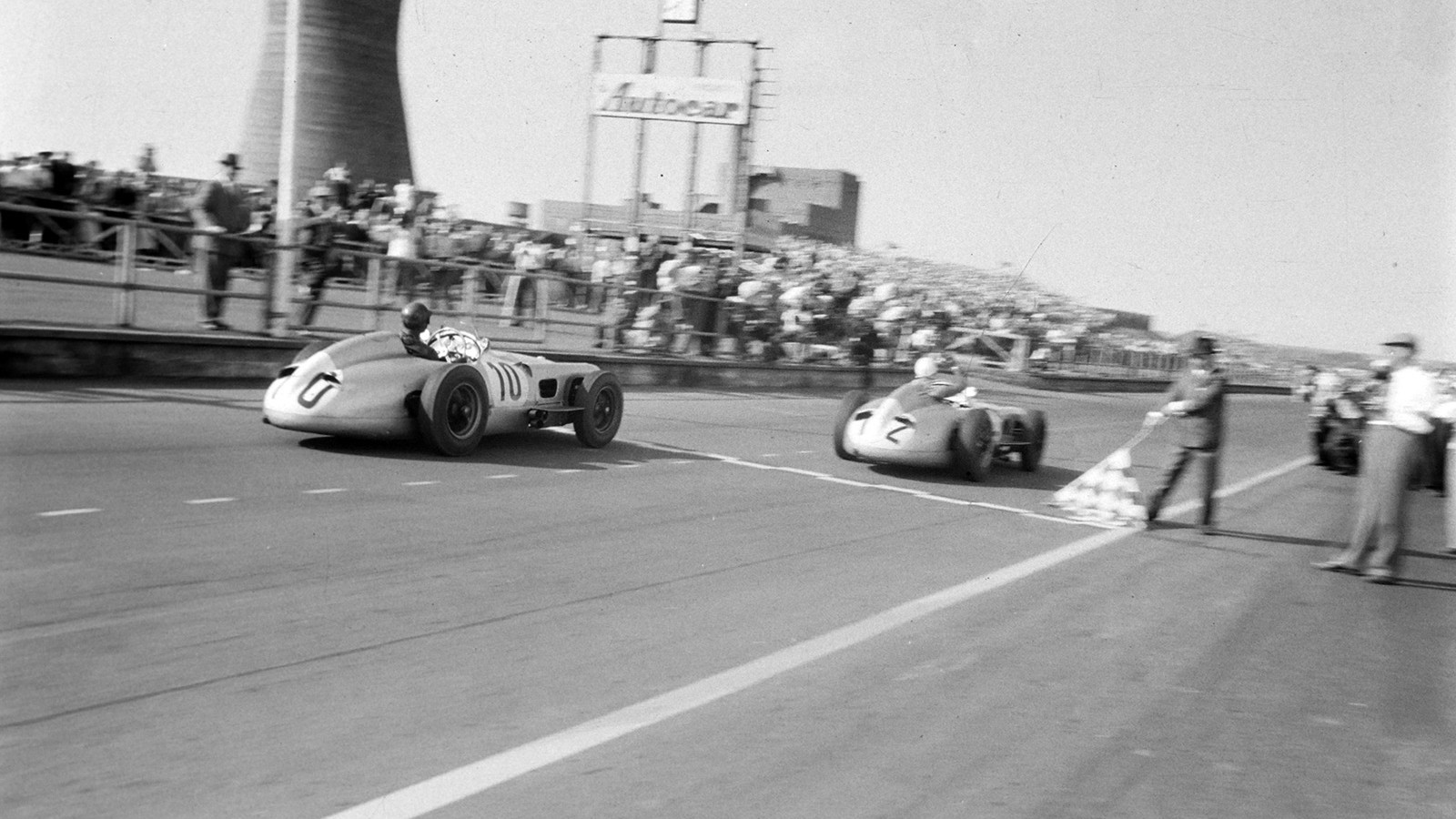 © Motorsport Images
© Motorsport Images -
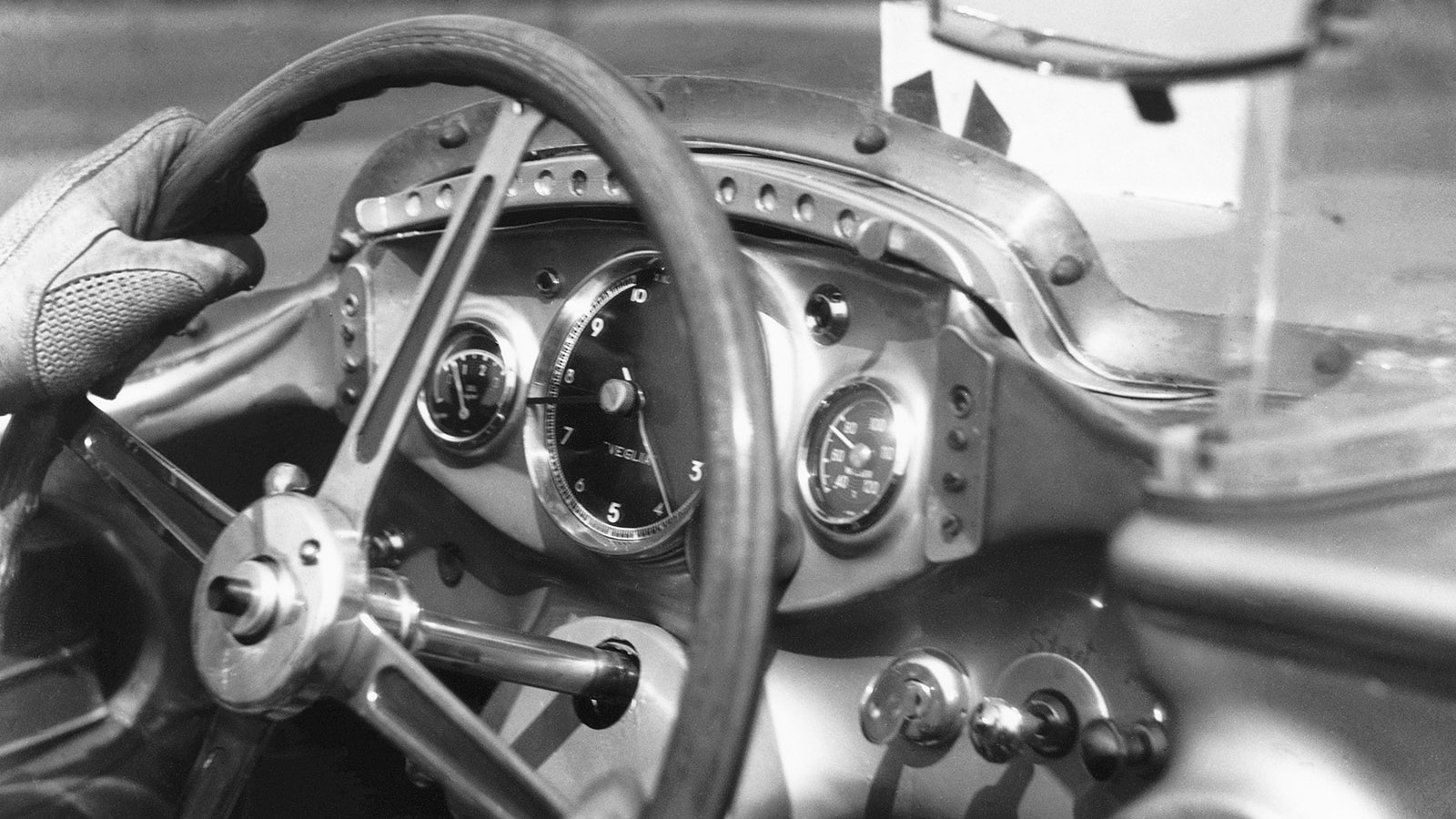 © Motorsport Images
© Motorsport Images -
 © Motorsport Images
© Motorsport Images -
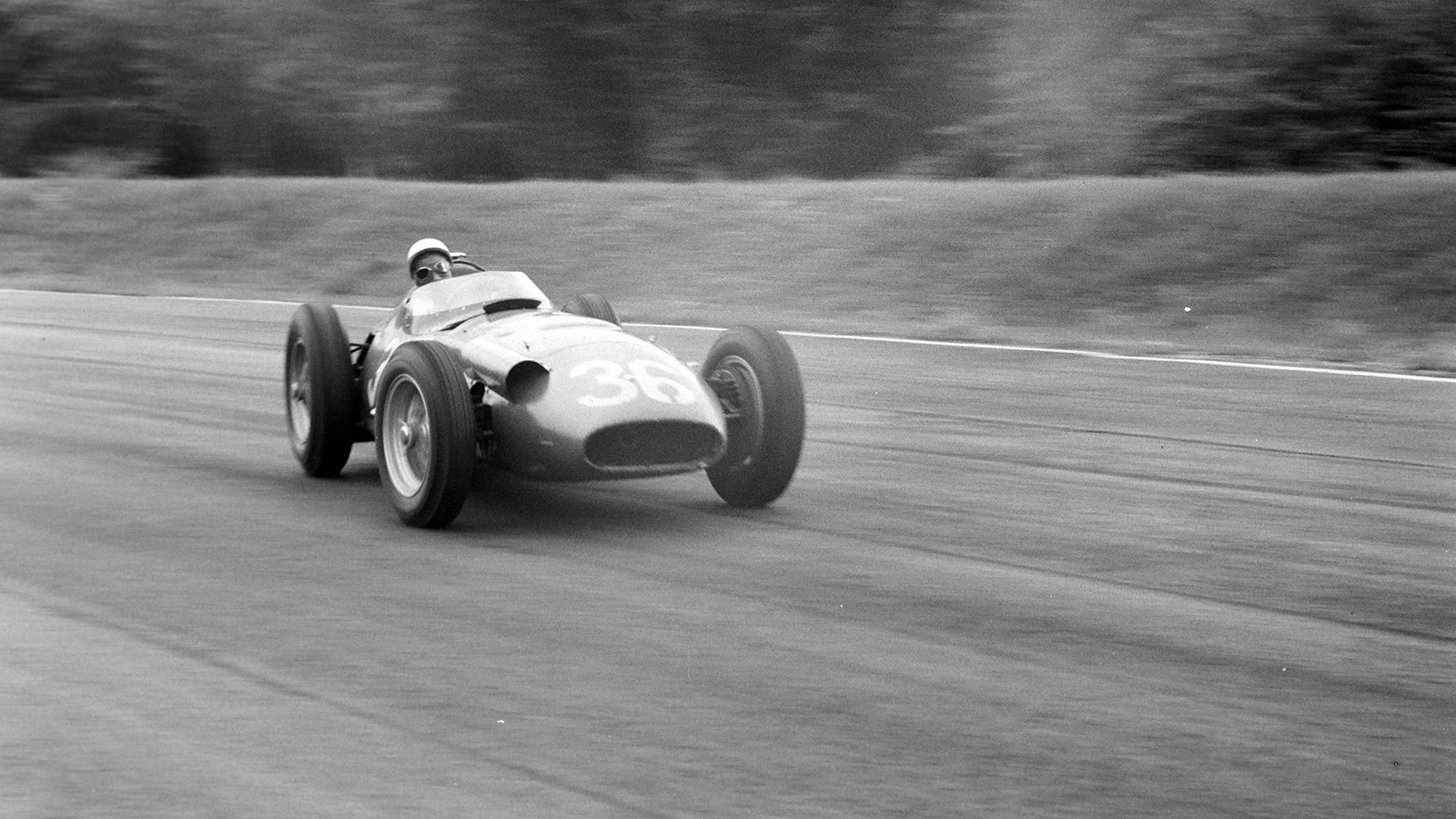 © Motorsport Images
© Motorsport Images -
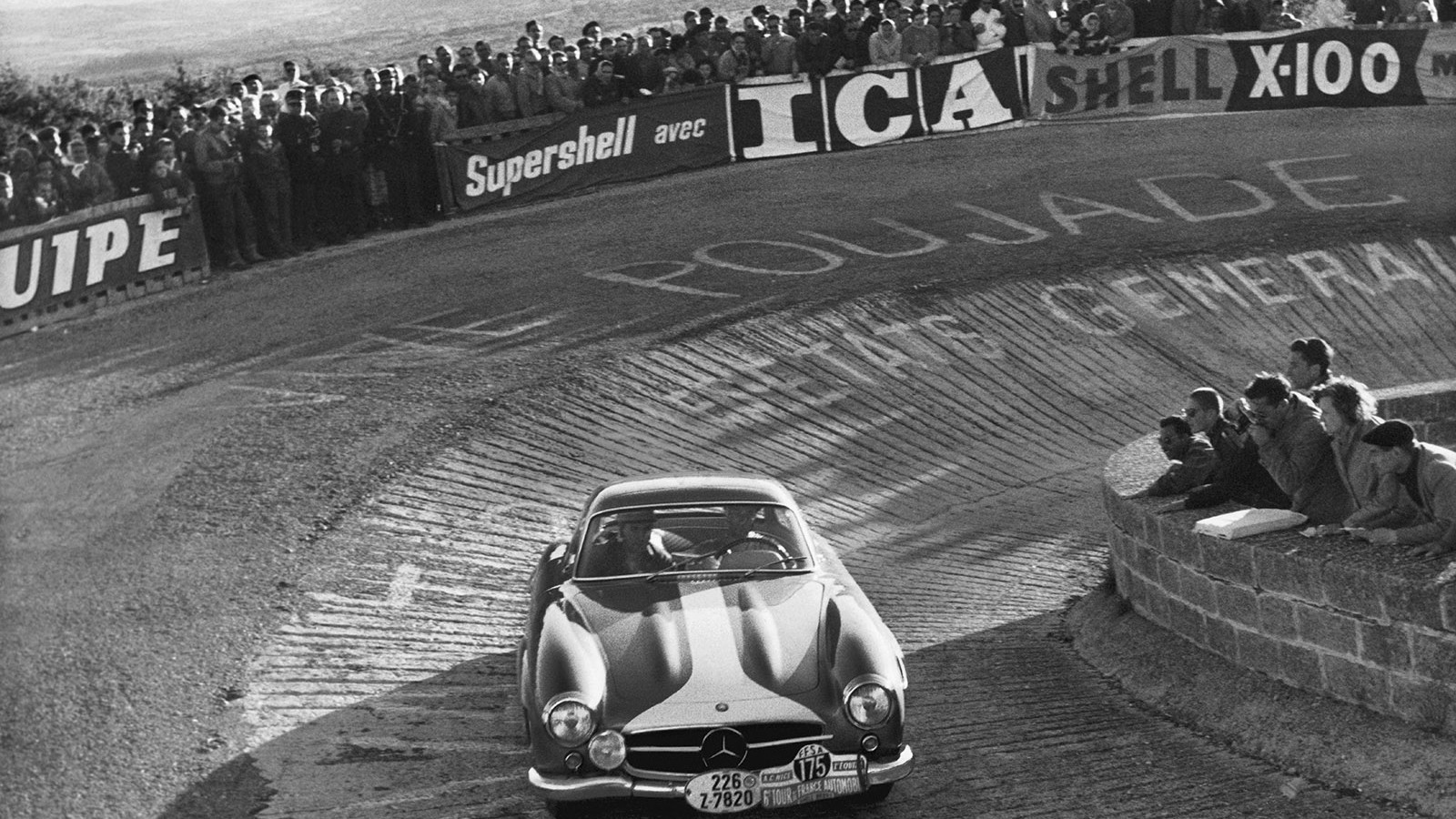 © Motorsport Images
© Motorsport Images -
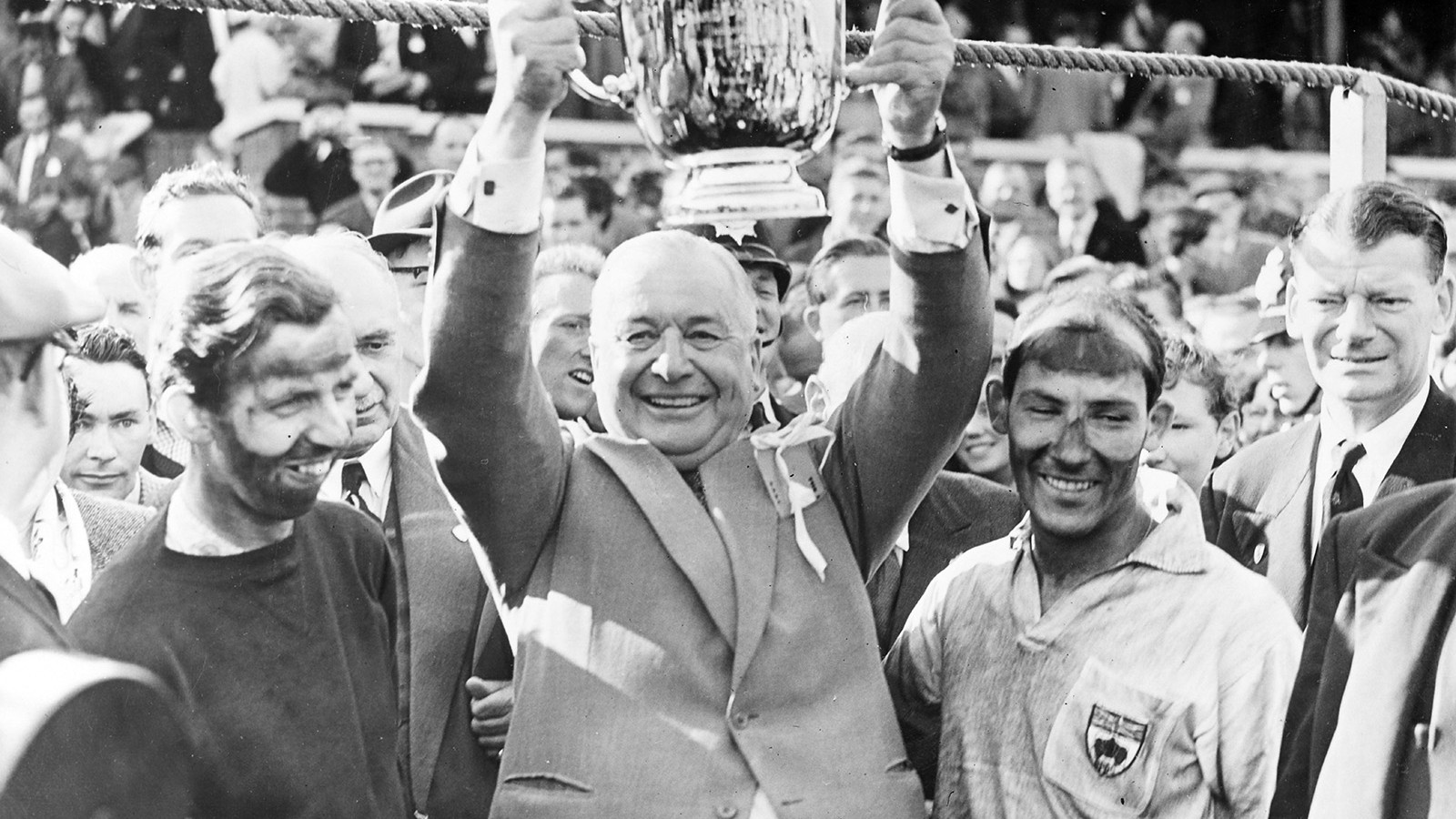 © Motorsport Images
© Motorsport Images -
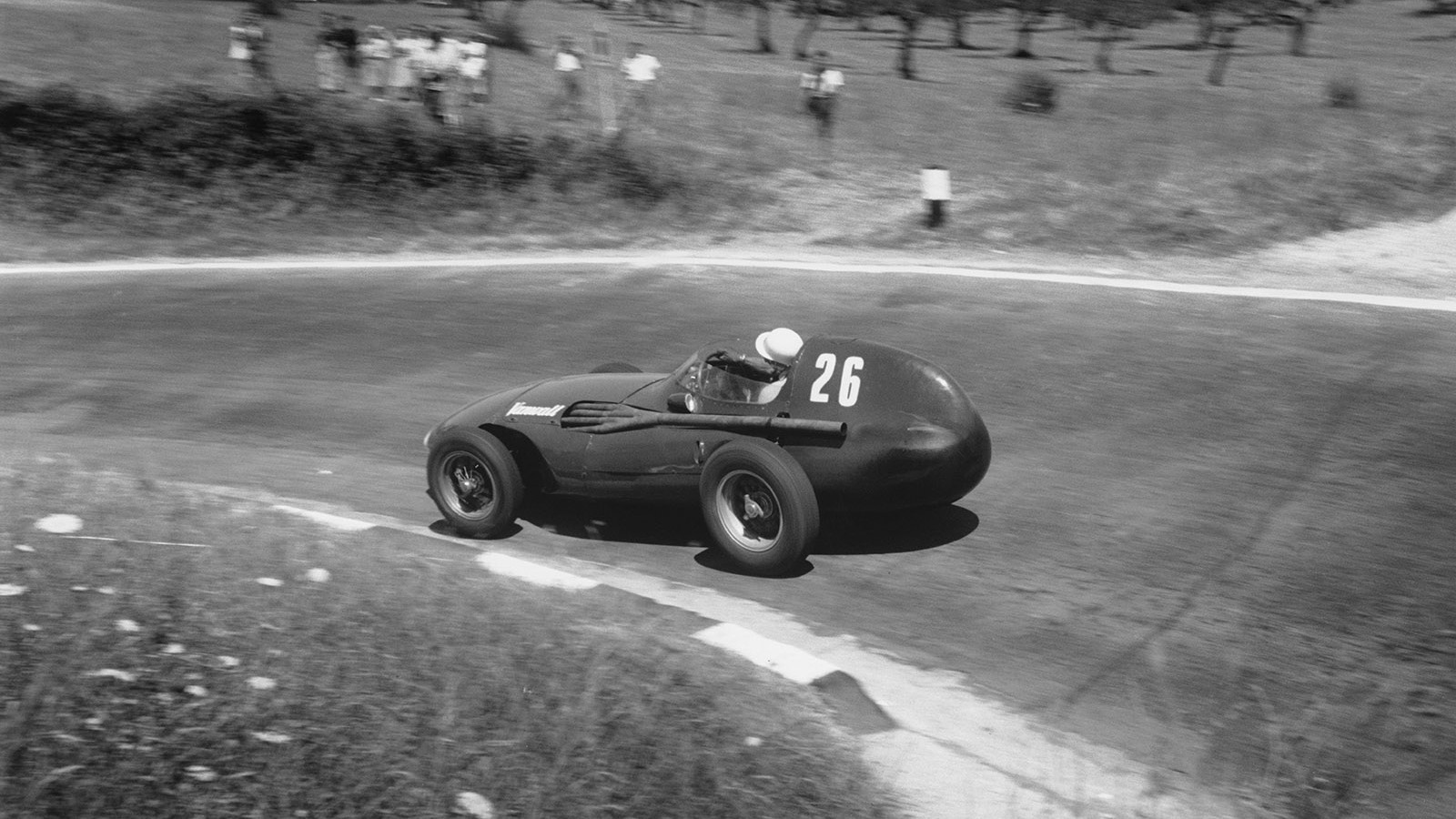 © Motorsport Images
© Motorsport Images -
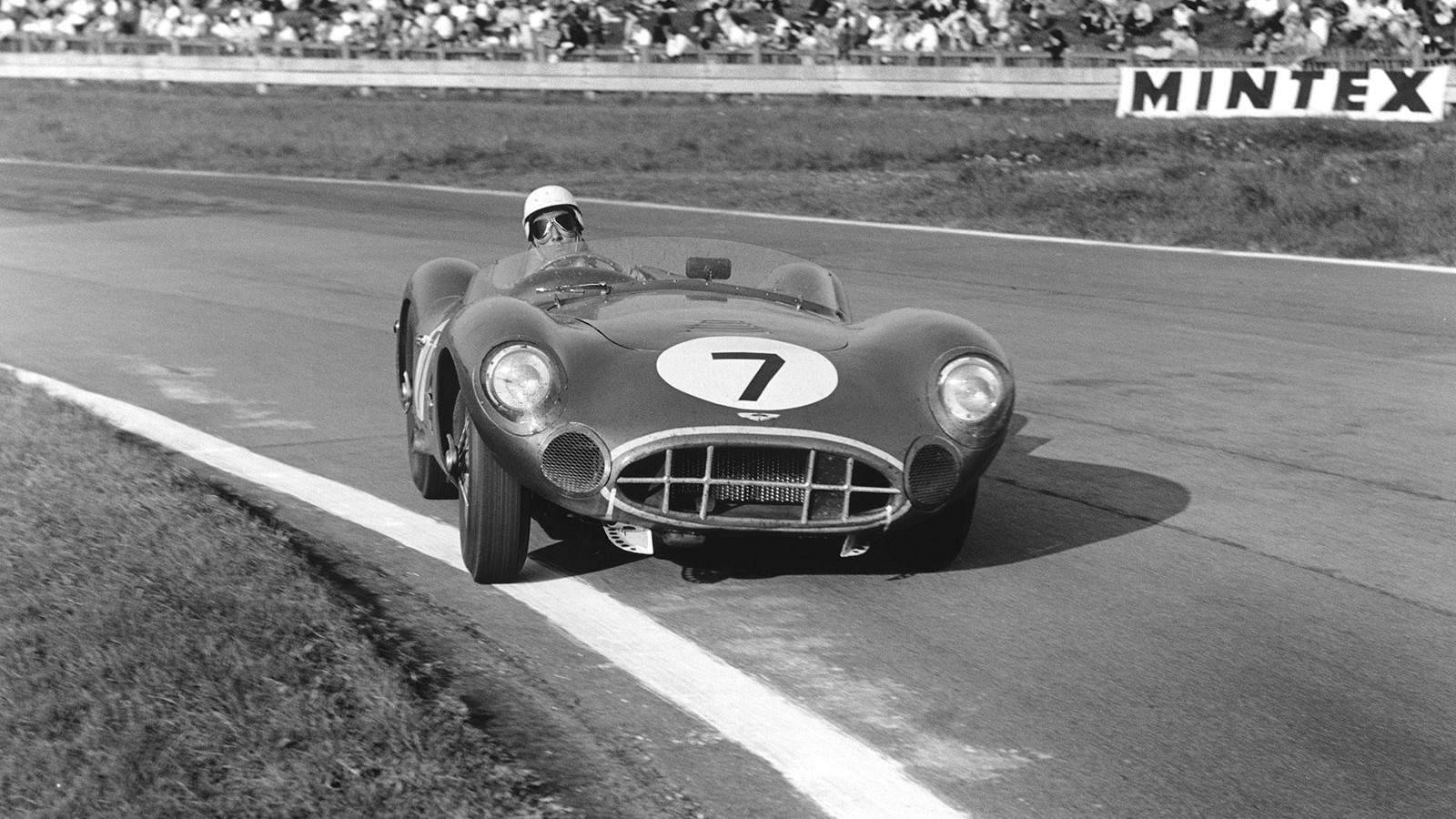 © Motorsport Images
© Motorsport Images -
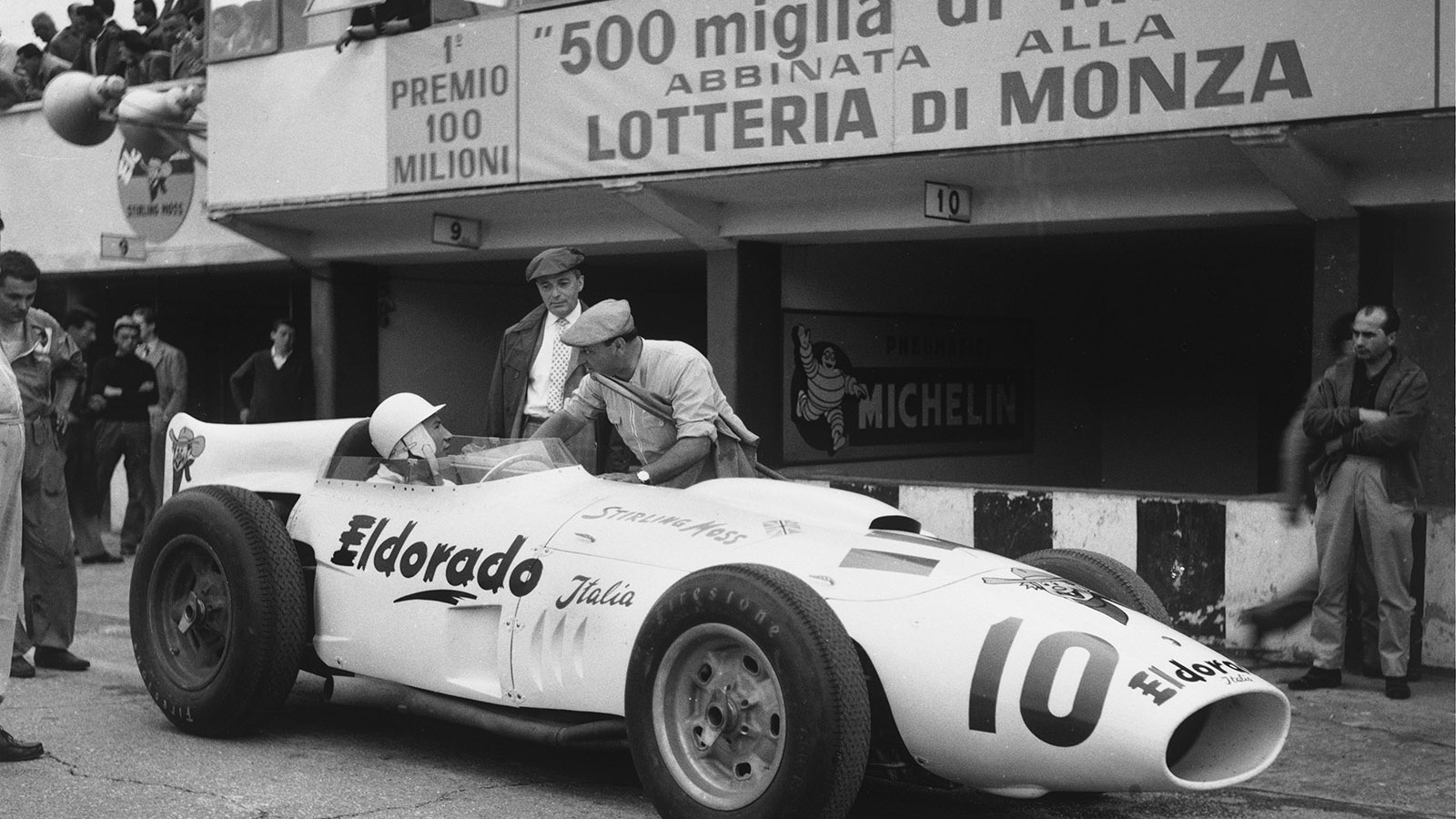 © Motorsport Images
© Motorsport Images -
 © Motorsport Images
© Motorsport Images -
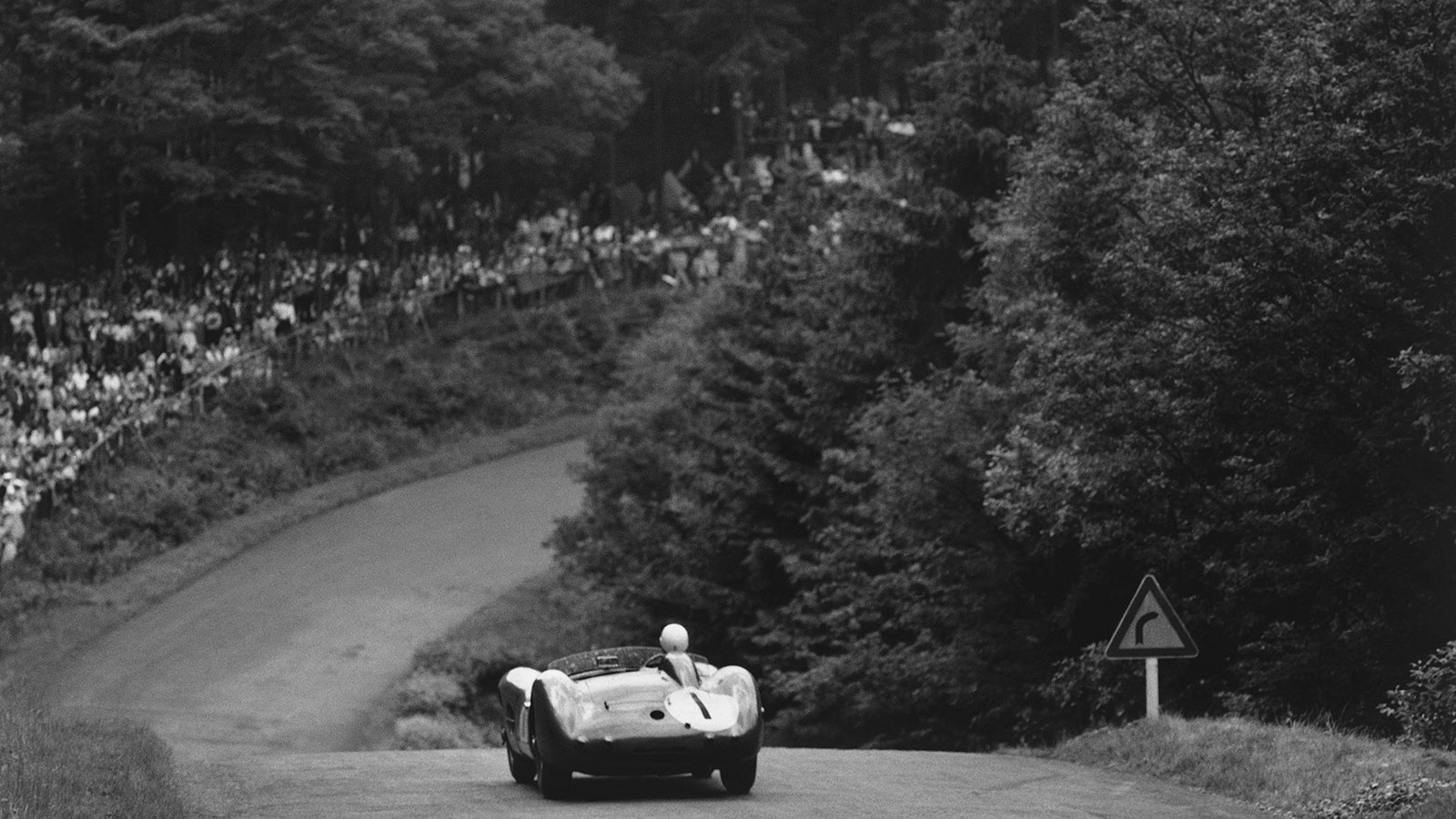 © Motorsport Images
© Motorsport Images -
 © Motorsport Images
© Motorsport Images -
 © Motorsport Images
© Motorsport Images -
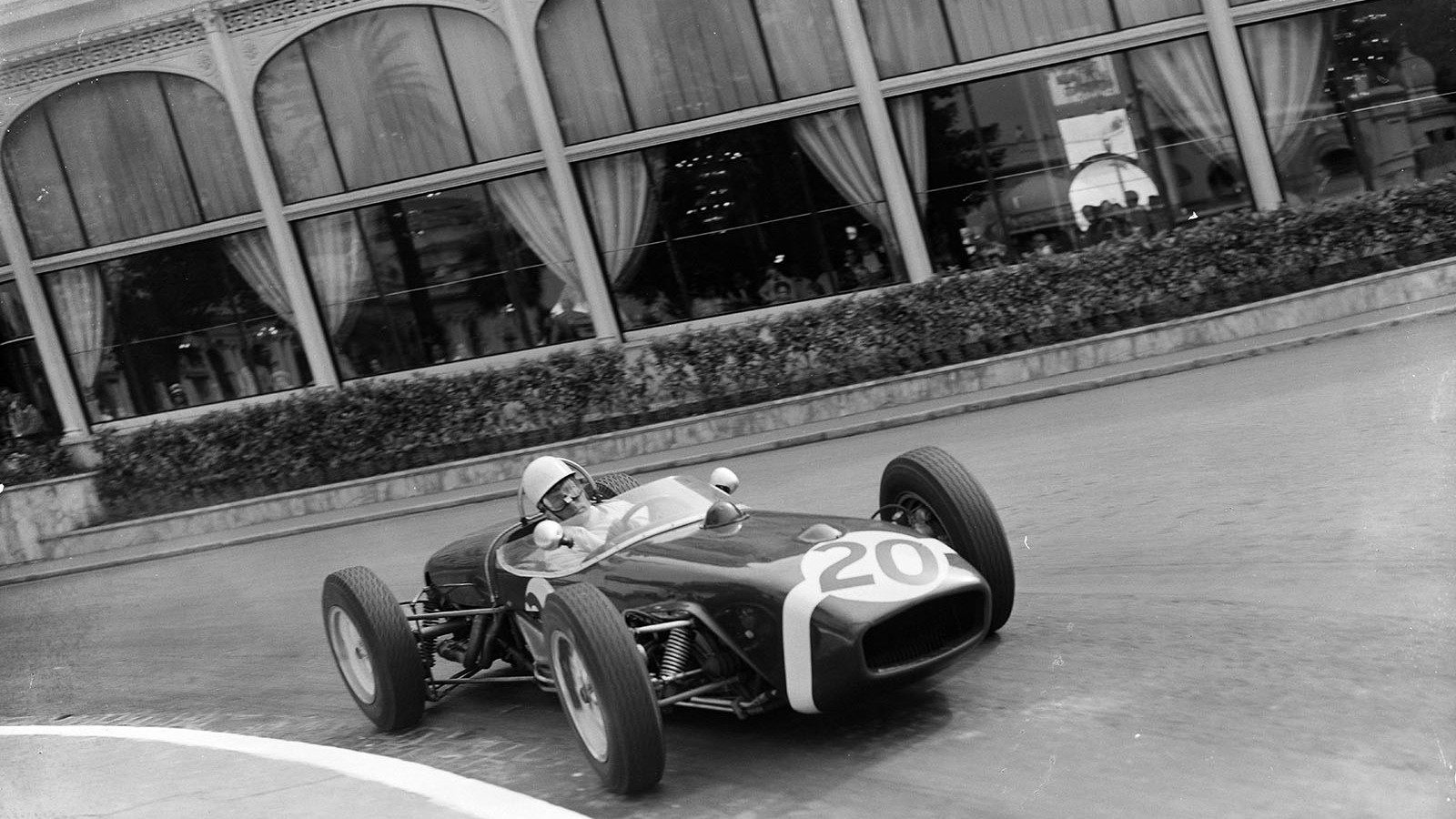 © Motorsport Images
© Motorsport Images -
 © Motorsport Images
© Motorsport Images -
 © Motorsport Images
© Motorsport Images -
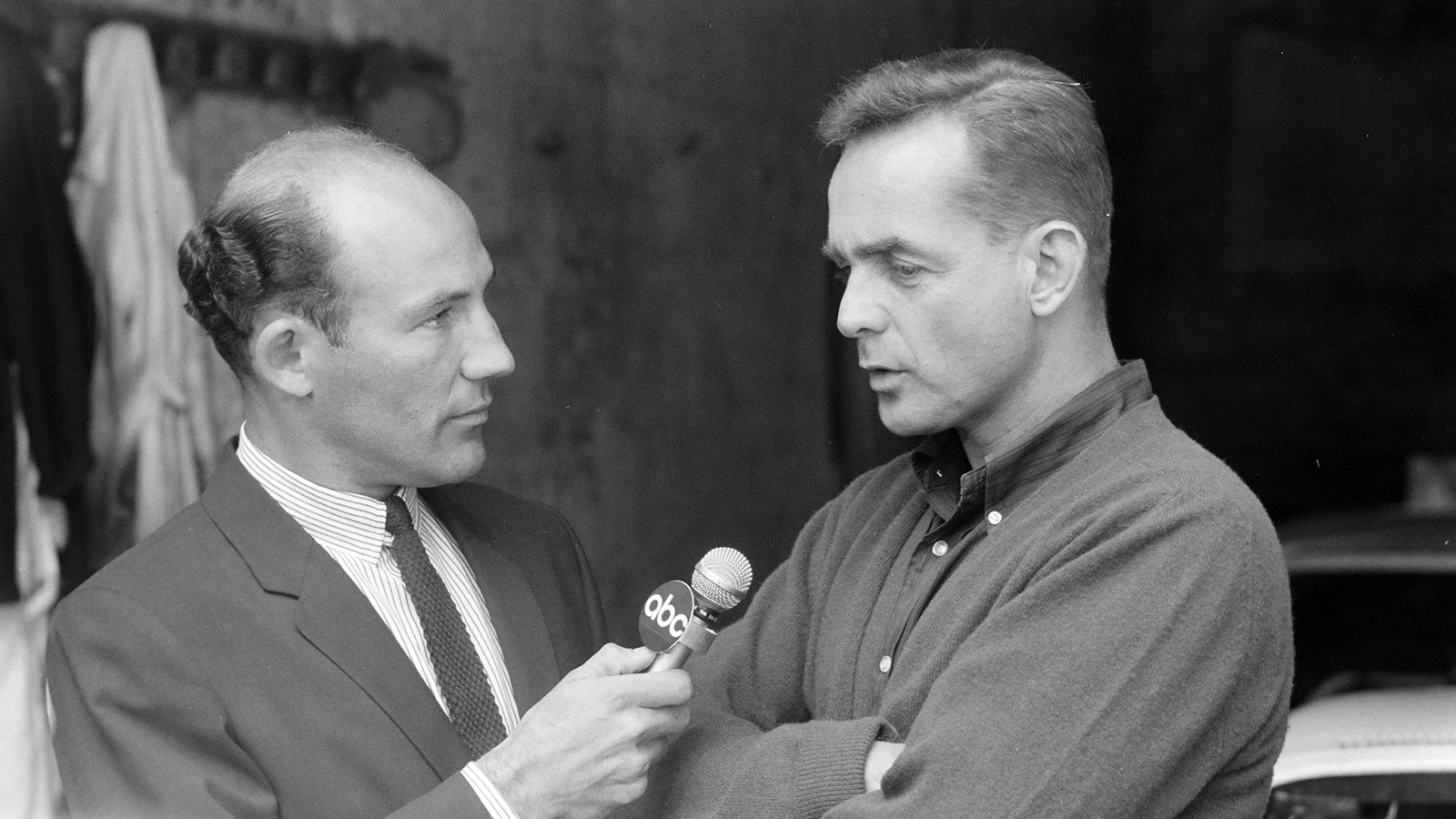 © Motorsport Images
© Motorsport Images -
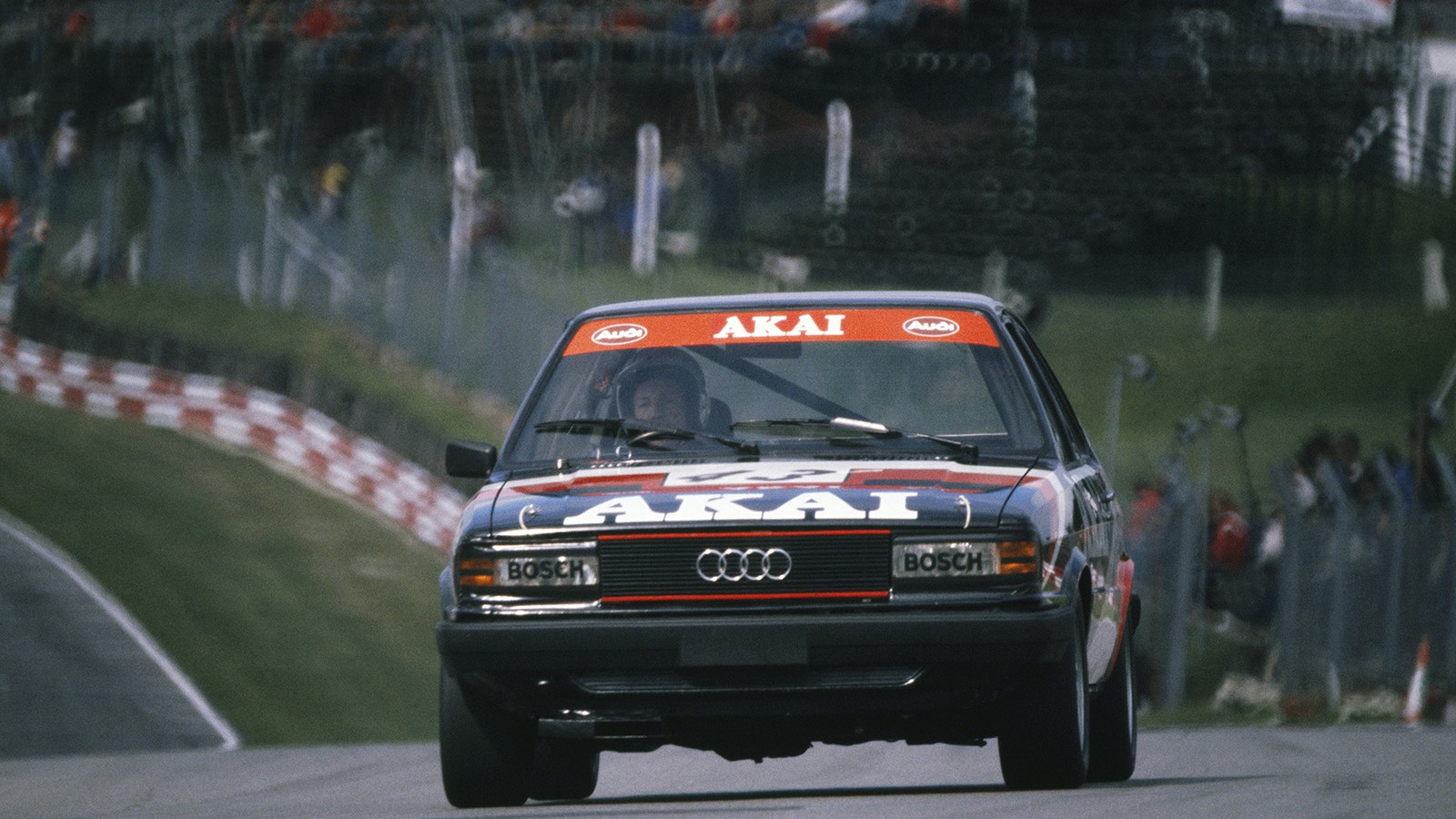 © Motorsport Images
© Motorsport Images -
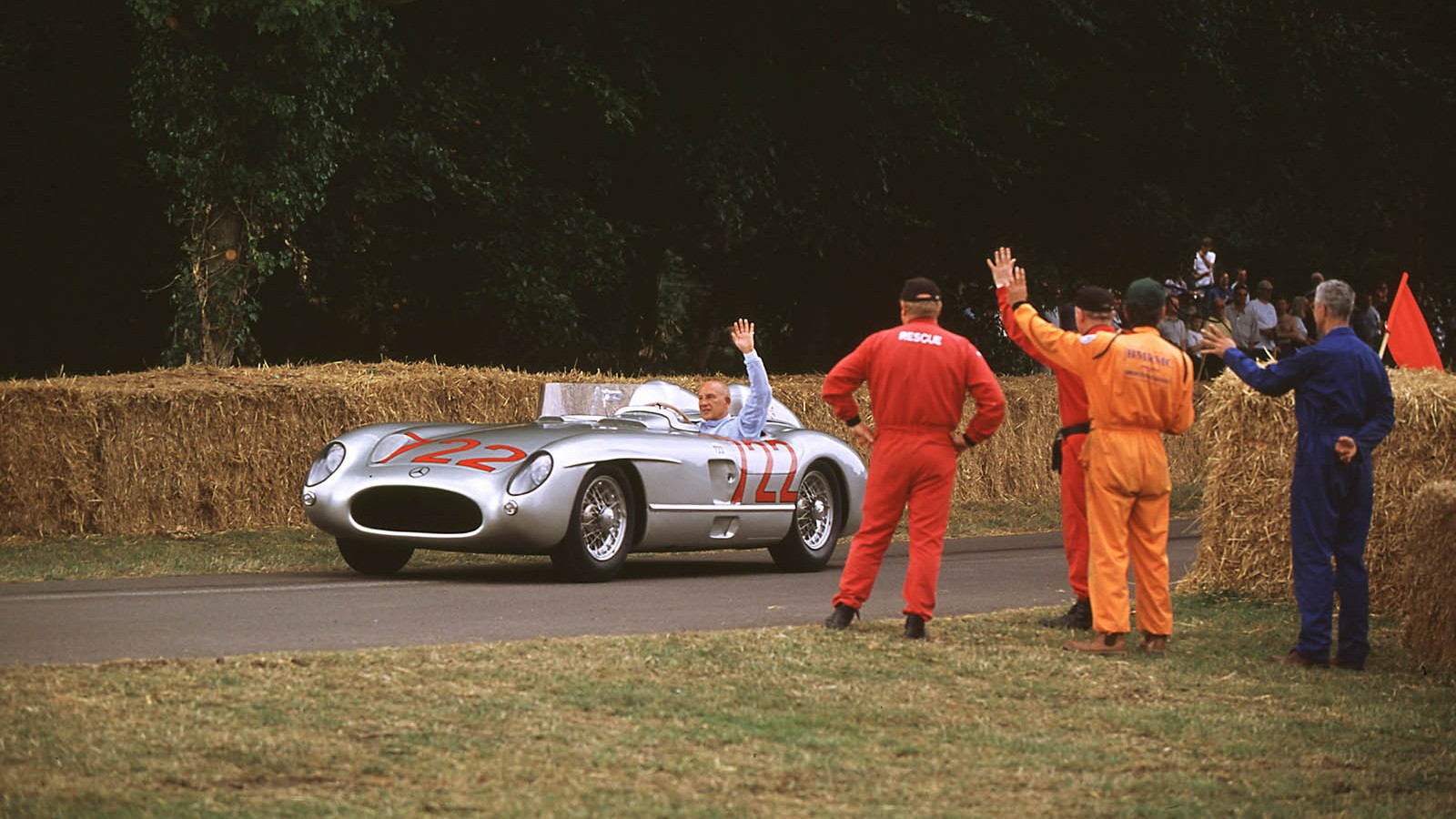 © Motorsport Images
© Motorsport Images
-
Celebrating one of the all-time greats
Sir Stirling Moss has passed away today at the age of 90.
After the retirement of Juan Manuel Fangio, Moss was the acknowledged benchmark and perhaps the most versatile racing driver of all time. He could win in anything – sports-racer, GT or single-seater.
Despite being forced into retirement at the age of just 33, his career was full of iconic victories and drives that have passed into motorsport legend.
Click through the pictures above to enjoy some of his greatest moments.
-
In the beginning
Moss first made his name in the popular 500cc category that was established in the aftermath of WW2.
The affordable single-seater formula also provided a valuable springboard for the Cooper Car Company, and Moss is shown in one of its cars at Silverstone in 1948.
As well as competing in circuit racing, he campaigned his Cooper at hillclimbs such as Prescott and Shelsley Walsh, before switching his allegiance to the Kieft marque.
-
The first of many
The day before he turned 21, Moss won the Tourist Trophy in Tommy Wisdom’s Jaguar XK120.
He was the class of the field throughout, signalling his intent by setting the fastest lap in practice at an average of more than 80mph.
Conditions at the fearsome Dundrod road circuit were treacherous, but Moss always excelled in the wet. This would be the first of his seven TT victories.
-
Reaching the big time
Moss made his World Championship Grand Prix debut in Switzerland in 1951 as part of the HWM team.
The Bremgarten circuit was a daunting place at the best of times, but Moss qualified much faster than team-mate George Abecassis and finished in eighth place, two laps down on the Alfa Romeo of winner Juan Manuel Fangio.
-
Not just a racer
It’s often forgotten that Moss was a successful rally driver during the early 1950s. In fact, he finished second on the 1952 Monte-Carlo Rally – his first attempt at the famous event.
He also claimed three consecutive Gold Cups on the Alpine Rally for Sunbeam-Talbot, and is shown here on his way to the second of those in 1953. Alongside him is navigator John Cutts as they tackle the Gavia Pass.
-
Italian style
For many, the Maserati 250F came to define the post-war front-engined Grand Prix car, and Moss acquired one in 1954 in a bid to further his Formula One career.
With a third place in that year’s Belgian Grand Prix and strong performances elsewhere, the tactic paid off and Moss caught the attention of Mercedes-Benz. For 1955, he would join the great Juan-Manuel Fangio in the German team.
He’s pictured at Aintree in October, when he won the Daily Telegraph Trophy ahead of Mike Hawthorn’s Vanwall.
-
A Grand Prix winner
Moss streaks across the line at Aintree in 1955 to take his first World Championship Grand Prix victory, by a length from Mercedes-Benz team-mate Fangio.
It was the first time that a British driver had won the British Grand Prix, and Moss was never quite sure if Fangio had let him win. When asked about it, the legendary Argentine driver would merely reply that it was Stirling’s day…
-
The longest day
Close-up view of the master at work. This evocative photograph was taken by Denis Jenkinson, Moss’ co-driver for their famous victory on the 1955 Mille Miglia.
They put together a series of route instructions and notes to guide them on their way, and they returned to Brescia 10 hours 7 minutes and 48 seconds after leaving – an average speed of just over 98mph.
Mercedes team-mate Fangio finished second in another 300SLR, but he was more than half an hour behind. Little wonder it became Moss’ most celebrated achievement.
-
Second at La Sarthe
Moss was never a huge fan of the Le Mans 24 Hours, but he was just as quick in sports cars as he was in everything else.
In 1956, he finished second at La Sarthe in a works Aston Martin DB3S, repeating the result that he’d achieved in 1953 with Jaguar. He’s shown after the race with co-driver Peter Collins and, on the left wearing the cravat, Aston Martin owner David Brown.
-
Victory at Monza
Moss adored the Maserati 250F and in 1956 he won at Monaco before following that up with a third place in Belgium and a second place in Germany.
His second win of the season came in the Italian Grand Prix at Monza, where his artistry is being shown off to full effect – with the power on and the Maserati’s tail hunkering down, Moss holds the car in a perfect slide en route to victory.
-
Uphill battle
During the 1950s and early 1960s, the gruelling Tour de France was something of a Ferrari benefit. Enzo’s cars won it nine times in a row, but in 1956 and 1957 they were made to work for it thanks to the presence of Moss in a Mercedes-Benz 300SL.
He finished second overall in 1956, and is shown attacking the Mont Ventoux stage the following year, when he came fourth behind a trio of Ferrari 250 GTs.
-
Rule Britannia
There was more glory for Moss at Aintree in 1957, when he and Tony Brooks won the British Grand Prix for Vanwall.
Brooks was still recovering from injuries sustained in an accident at Le Mans, so when Moss’s Vanwall retired he took over his team-mate’s car and stormed to victory. It was the first championship-counting win for a British manufacturer.
The two drivers are shown either side of Tony Vandervell, whose mission had been to beat what he called the ‘bloody red cars’ of Italy.
-
Runner-up again
The inherently understeering Vanwall was a very different car to the Maserati 250F, but Moss won the last two Grands Prix of the 1957 championship season and for the third year in a row finished second in the standings to Juan Manuel Fangio.
The first of those back-to-back victories came at Pescara, the fabulously anachronistic 16-mile road circuit on Italy’s Adriatic coast. Moss overcame searing heat and the challenge of Ferrari’s Luigi Musso to take the chequered flag.
-
Glory at Goodwood
Moss cornering hard at Goodwood in 1958 on his way to another Tourist Trophy victory – this time achieved with Tony Brooks in their factory-entered Aston Martin DBR1.
The British team had been the only real opposition to Ferrari and its 250 Testa Rossa during that year’s World Sportscar Championship, but the Scuderia decided against travelling to England after securing the title with a race to spare.
Moss and Brooks were left to lead home an Aston Martin one-two-three.
-
‘Monzanapolis’
And now for something completely different. In 1957 and 1958, Monza hosted the Race of Two Worlds – pitting the best Indianapolis-style Roadsters and their American aces against European challengers around the Italian circuit’s banked oval.
Moss drove the Maserati 420M/58 ‘Eldorado’ in the second year. He finished fourth in heat one behind a trio of Americans, fifth in heat two, then survived a huge accident in heat three when the car’s steering broke while flat-out on the banking.
-
A sporting gesture
Moss leads Vanwall team-mate Stuart Lewis-Evans across Porto’s tramlines during the 1958 Portuguese Grand Prix.
This was a crucial race in the championship battle. Mike Hawthorn spun and stalled his Ferrari on the final lap. He push-started it but in doing so travelled a short distance against the flow of traffic, and was set to be disqualified until Moss spoke up for him and he was allowed to keep his second place.
At season’s end, Hawthorn pipped Moss to the title by a single point.
-
Genius in Germany
Moss prepares to crest the jump at Brünnchen during the 1959 Nürburgring 1000km. Aston Martin had no plans to attend, but he persuaded John Wyer and David Brown to send a DBR1 for him and Jack Fairman.
The reward was one of his greatest drives, chasing down the Ferrari 250 TR59 of Phil Hill and Olivier Gendebien after Fairman had slid off the road but somehow manhandled the Aston out of a ditch.
This win kick-started Aston Martin’s ultimately successful World Sportscar Championship campaign.
-
Never give up
Reims 1959, and Moss attempts to push-start his BRM having spun while running in second place towards the end of the French Grand Prix.
The car’s clutch had failed earlier in the race, which made the task impossible on his own, and eventually he was forced to accept outside assistance. Knowing that would get him disqualified, he drove slowly to the pits and into retirement – ‘very hot and very clapped-out’, as Denis Jenkinson wrote in Motor Sport.
-
Ferrari finale
The last of Moss’ seven Tourist Trophy wins came in 1961 at the wheel of a Rob Walker-entered Ferrari 250 GT Short Wheelbase. Here he lends a hand during a pit stop on his way to finishing a lap clear of Mike Parkes in the Maranello Concessionaires Short Wheelbase.
More GT success should have come his way in 1962, when he was due to drive a new 250 GTO for the UDT-Laystall team. Sadly, his accident at Goodwood put paid to that.
-
His greatest race
Ferrari contested seven of the eight races in the 1961 World Championship and were beaten only twice – both times by Moss.
He put Rob Walker’s Lotus 18 on pole position at Monaco, then dropped behind the Ferrari of Richie Ginther at the start. He retook the lead on lap 14 and ran flat-out from there to the finish – always with Ginther and Phil Hill in close attendance, ready to pounce should Moss make a mistake.
He didn’t. His average lap time throughout the entire race was 1 minute 39.5 seconds, which would have put him second on the grid…
-
The underdog wins again
Like Monaco, the Nürburgring was a circuit where a great driver could truly make a difference. Moss did just that in the 1961 German Grand Prix and again beat the Ferraris.
The sort of changeable weather typical of the Eifel Mountains further played into his hands, as did a decision to stay on Dunlop’s wet tyres.
He ran absolutely on the limit to stay ahead of Phil Hill and Wolfgang von Trips, who repeatedly bettered the lap record in his pursuit. A late rain shower deservedly settled it in Moss’s favour.
-
The final race
A pensive Moss waits on the grid ahead of the Glover Trophy at Goodwood on 23 April 1962.
Having been delayed with gear-linkage problems during the race, he was two laps down but running quickly towards the end when he went off approaching St Mary’s.
He broke his left arm and leg, plus his left eye socket and cheekbone, but much more serious was what he referred to as ‘the bang on the head’.
After testing a Lotus 19 in 1963, he made the difficult decision to hang up his helmet.
-
In front of the camera
Following his retirement, Moss stayed in motor racing via a broadcasting role with ABC – here he’s interviewing Phil Hill – and even set up his own team.
Stirling Moss Automobile Racing Team (SMART) was established in 1963 and ran various cars in circuit racing and rallying, including a Lotus Elan and a Porsche 904 that was raced by the likes of Innes Ireland and David Hobbs.
-
Tin-top comeback
In 1980 and 1981, Moss was persuaded out of retirement to race for Audi in the British Saloon Car Championship and is pictured at Brands Hatch during the first of those seasons.
He was unfamiliar with front-wheel drive and modern tyres, but nonetheless there was the occasional highlight. In 1981, he had Martin Brundle as a team-mate and scored a second place at Mallory Park and a third at Oulton.
-
Crowd favourite
Moss remained busy until he was well into his 80s and became one of motorsport’s greatest ambassadors.
He was an enthusiastic supporter of the Goodwood Festival of Speed and Revival, and even after retiring from historic racing in 2011 he travelled all over the world to make guest appearances and demonstrate the cars in which he’d scored some of his most famous victories.
